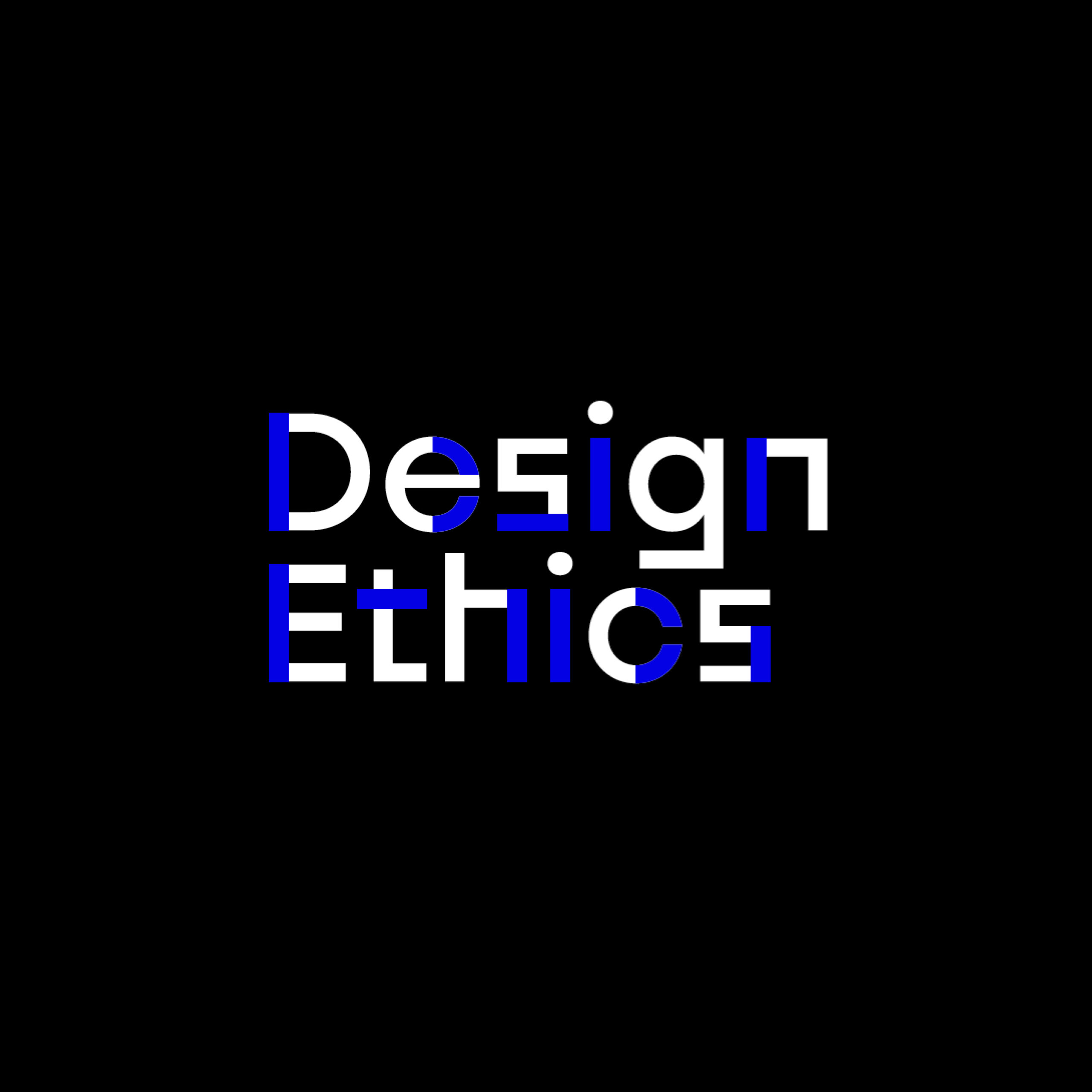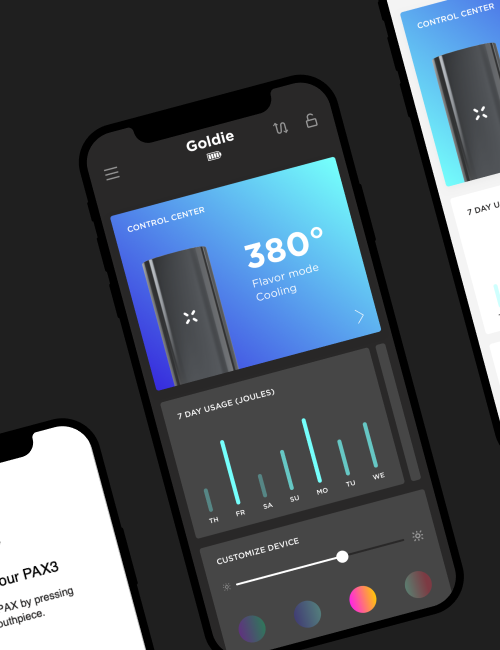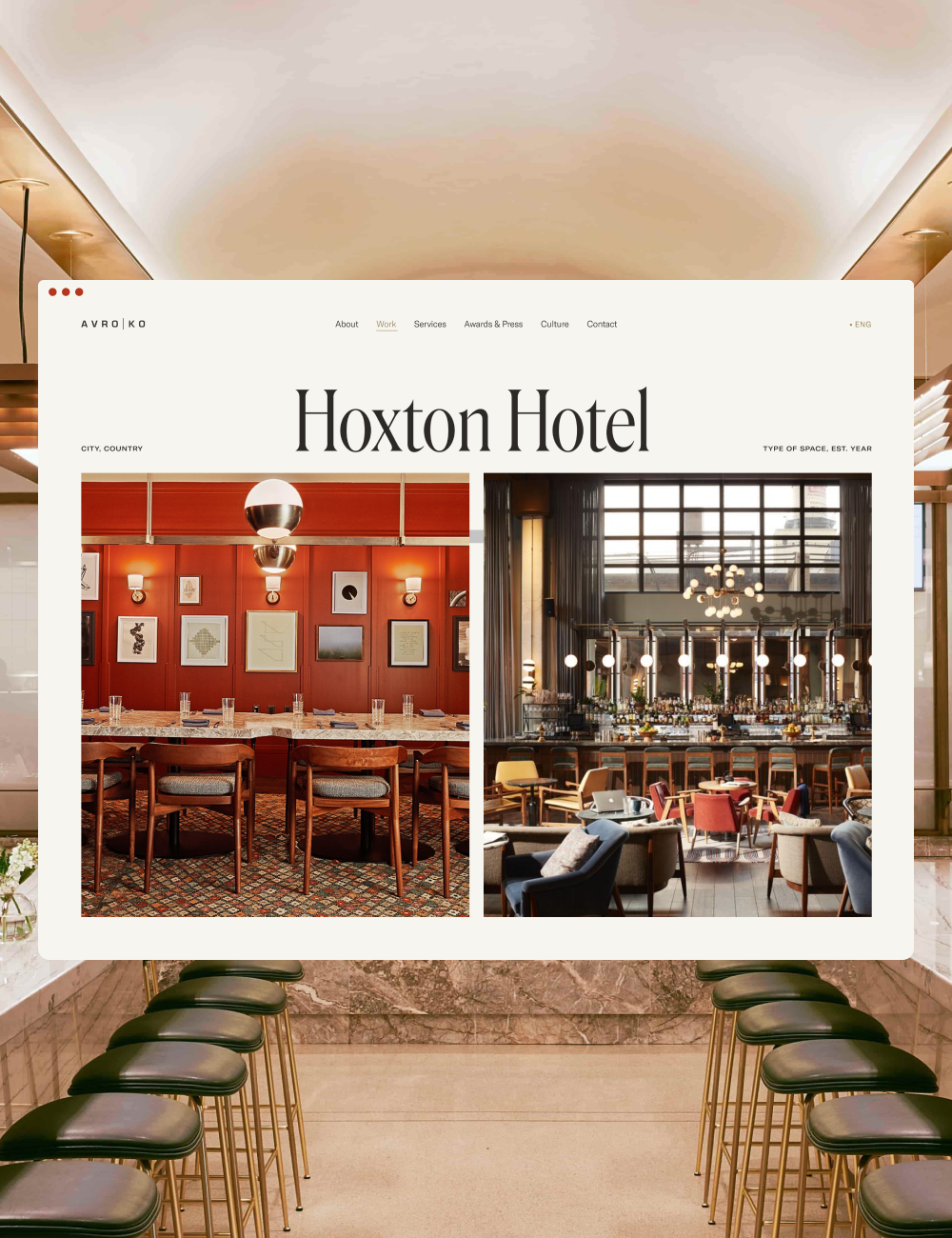
While design has a moral and ethical responsibility, we must ask ourselves to what extent. Given a competitive market of products and services, the line between right and wrong is too often blurred. Corporate ethics are inherently driven by profitability and legal safeguarding rather than a moral framework.
Ethics are by no means universal. They differ — person to person, society to society, generation to generation — and yet there must be some overlap of agreed-upon beliefs for communication and connection to even be possible. Ethics require the collective establishment of general rights and wrongs, typically relying on a shared time, a common experience, or a similar sense of self-reflection.
For design, ethics reign supreme. In order to solve problems for users, there must be a deep understanding of what is ethical in the short run as well as the long term. Designing without asking questions is an indulgence that has no intention of truly serving the user.
Ethical design can be achieved by looking at the big picture and asking the following:
01
What are the ethical principles we want to establish for our product or service?
02
What are the good and bad long-term implications of our product or service on users?
03
Does our product or service encourage people to make decisions they will not regret?
04
How transparent is our content and interaction model in its intent to users?
05
How do we validate and test that our product or service is ethically sound for users?
06
Are there diminishing returns with this product or service, and does it cross ethical boundaries?
Great design is not without obstacles. It can be a long road between idea and execution, and hurrying through the process heads down welcomes the potential of missed warning signs. Even the most spectacular designs can nail their goal and fail to anticipate the implications of working too well.
For a design to last, those behind it must often consider the user’s benefit upon their first encounter as well as their hundredth. Take the many offerings of social media platforms and how light browsing can so quickly degenerate into addiction. What begins as a charming way to stay connected with one another becomes a threat to an individual’s well-being.
Great design is made with a clear consideration of morality each step of the way, with its designers able to readily answer the questions above. Good intentions are surely a step towards great design, but they do not make up the entire process.

